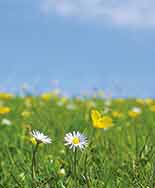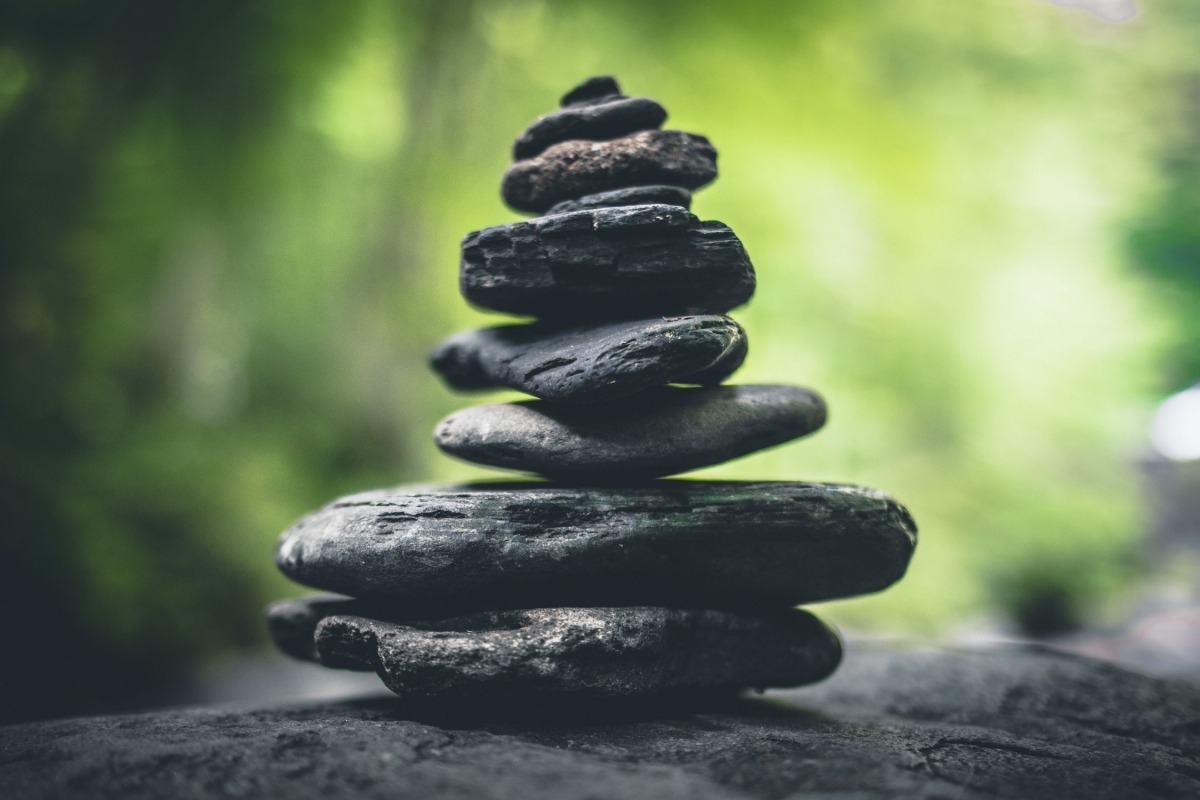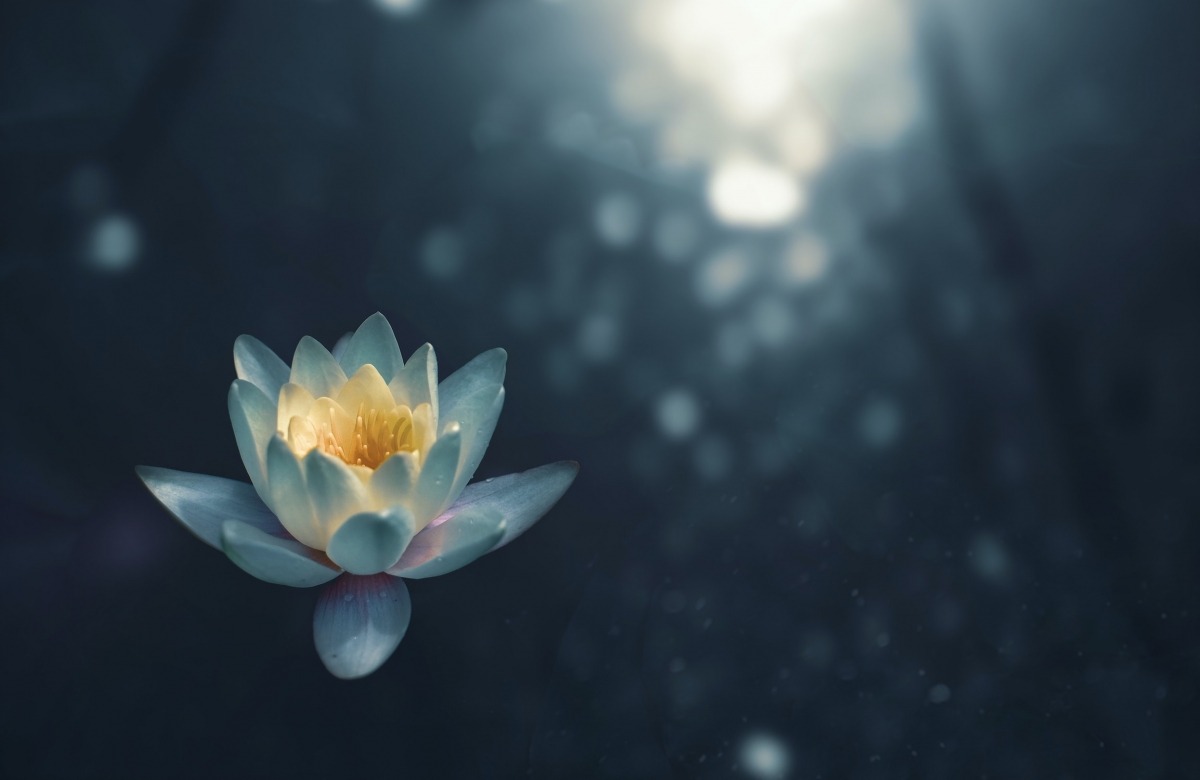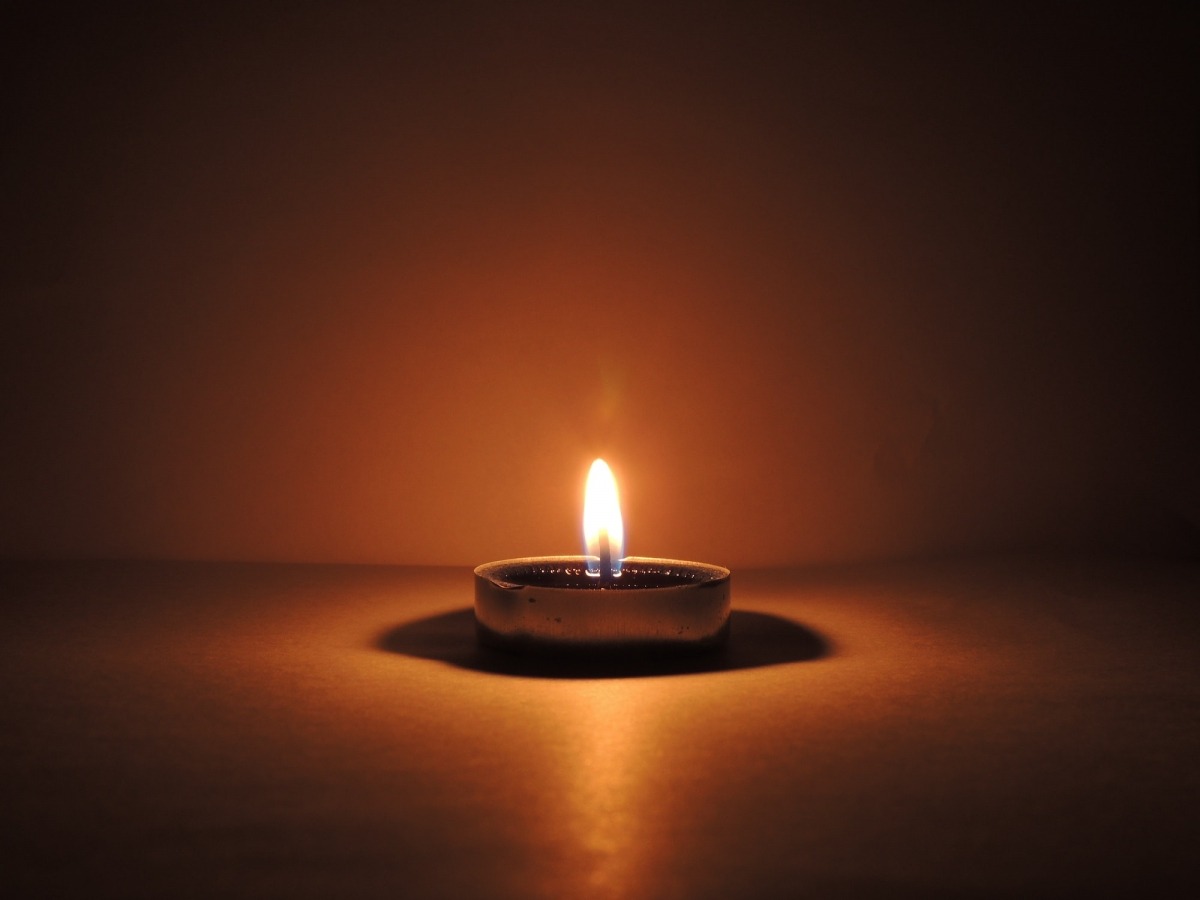Posted on 30 September, 2020
Consider if the actions you are taking are really taking you towards your goals or... are you making choices that are detrimental to you?
Wellbeing Hub area: Wisdom
Posted on 24 September, 2020
Aparigraha is the last of the Yamas and possibly one of the greatest opportunities for inner peace and freedom... What does it mean? Non-hoarding, non-possessiveness, non-seizing... are we acquiring and holding on to things which we do not need?
There is a famous quote by Mahatma Gandhi, “There is enough for everybody’s needs, but not for everybody’s greed.” Cultivation of Aparigraha is both the invitation and opportunity to look at our own lives and see how we collect or possibly even hoard things that we do not need.
How many clothes do we have in our wardrobes and drawers which we do not wear? How many books on our bookshelves which we are never likely to read? How many objects in our houses which are just clutter? Now it may be that you are the type of person who already... more
Wellbeing Hub area: Wisdom
Posted on 24 September, 2020
Yama number four is Brahmacharya... We might translate it as ‘moving towards truth’ and in order to do so it is essential to practise self-restraint.
Sometimes Brahmacharya is viewed as ‘celibacy’ but it has a much wider meaning than this. When we truly practise self-restraint, we are once more seeking to subdue our desires, some of which may damage our physical bodies through abuse of certain foods, alcohol or drugs. When we practise Brahmachaya, we are looking instead for moderation in order to maintain optimum physical health. We are seeking to find balance in our lives, steady wisdom, avoiding huge mood swings, unhelpful obsessions and anything else which leads us to deviate from our pursuit of the truth.
Pure celibacy may not be advised until the ‘fourth stage of life’. The... more
Wellbeing Hub area: Wisdom
Posted on 24 September, 2020
The third of the Yamas is ASTEYA, non-stealing. ‘Thou shalt not steal’ is very familiar in our culture coming from the Christian tradition and being another very obvious part of the moral code shared by many traditions and cultures.
We have laws which make theft of any kind... mugging, robbery, shoplifting etc... not forgetting copyright laws and patents... illegal. There are also laws regarding slander and libel which help protect people’s reputations. The legal system quite rightly punishes those who break the law.
But what else do we take which does not belong to us and which is often within the law? How often have we taken part in a conversation about someone which is damaging to that person’s reputation? Have we ever been party to stealing someone else’s power, integrity, or good... more
Wellbeing Hub area: Wisdom
Posted on 24 September, 2020
SATYAM is the second of Patanjali’s Yamas and it means TRUTH.
We all know what happened to Pinocchio when he told lies... Indeed honesty and truthfulness are virtues aspired to in all moral codes, for telling lies can have dire consequences, but let us delve into this concept a little deeper.
First of all let us consider a possible flip side to speaking the truth, as we know that sometimes this can cause harm (Ahimsa) and so is not always the best option. We may be familiar with the sensible questions to ask ourselves before opening our mouths...
“Is it true, is it necessary, is it kind?”
If the answers are not all ‘yes’ then it is wiser not to utter that truth. But neither is it wise to tell lies, better to keep quiet. The following quote comes from an ancient Indian... more
“Is it true, is it necessary, is it kind?”
If the answers are not all ‘yes’ then it is wiser not to utter that truth. But neither is it wise to tell lies, better to keep quiet. The following quote comes from an ancient Indian... more
Wellbeing Hub area: Wisdom
Posted on 24 September, 2020
ISVARA PRANIDHANA may be translated as Surrender to the Divine
It is possibly the most difficult Niyama for many of us to understand and practise. My hope, therefore, is that this explanation may be of some help.
Whatever your concept of the Divine is really makes no difference... from the concept of a universal force, a Christian image of God (Jesus Christ, the Holy Mother), Mohammed, to any number of Hindu deities (Ganesh, Vishnu, Shiva…) they are all a way of conceptualising the existence of a much higher force.
In the yogic tradition Isvara Pranidhana is considered to be the ultimate, highest yoga there is. In case it has slipped your mind, the word Yoga means "Union", and to unite with the Divine is the ultimate aim of serious practitioners. It is by surrendering to... more
Whatever your concept of the Divine is really makes no difference... from the concept of a universal force, a Christian image of God (Jesus Christ, the Holy Mother), Mohammed, to any number of Hindu deities (Ganesh, Vishnu, Shiva…) they are all a way of conceptualising the existence of a much higher force.
In the yogic tradition Isvara Pranidhana is considered to be the ultimate, highest yoga there is. In case it has slipped your mind, the word Yoga means "Union", and to unite with the Divine is the ultimate aim of serious practitioners. It is by surrendering to... more
Wellbeing Hub area: Wisdom
Posted on 23 September, 2020
We may study a whole range of things in our lifetimes but ultimately the most important subject of study is our Self.
This is not psychoanalysis even though as we penetrate through the different layers or koshas of our existence, physical, energetic, mental, emotional we may have some insights into our mental/emotional state; but if we conduct our examination, our study, as an Observer, when we become the Observer, noticing what is happening in our bodies, our minds, our emotions, then we are the Self. This is Self with a capital S, the soul, the atman in Sanskrit, the true Self not the self that we are most familiar with...our bodies, thoughts, emotions, behaviours, identities...our ego.
To help us in our studies we can turn to the scriptures, the Bible, the Quran, the Vedas, the... more
Wellbeing Hub area: Wisdom



































